Chandrayaan-3 success will alter the space business scene by 360^, analysts expect India's space sector to capitalise on a reputation for cost-competitive engineering. The Indian Space Research Organisation (ISRO) had a budget of around just $74 million for the mission wherein NASA has a budget of $90 billion for a similar mandate. The space race India aims to win this week by landing first on the moon's south pole is about science, the politics of national prestige and a new frontier: money.
India's Chandrayaan-3 is heading for a landing on the lunar south pole on Wednesday. If it succeeds, analysts and executives expect an immediate boost for the South Asian nation's nascent space industry.
Russia's Luna-25, which launched less than two weeks ago, had been on track to get there first - before the lander crashed from orbit, possibly taking with it the funding for a successor mission, analysts say. The seemingly sudden competition to get to a previously unexplored region of the moon recalls the space race of the 1960s, when the United States and the Soviet Union competed.
But now space is a business, and the moon's south pole is a prize because of the water ice there that planners expect could support a future lunar colony, mining operations and eventual missions to Mars.
With a push by Prime Minister Narendra Modi, India has privatised space launches and is looking to open the sector to foreign investment as it targets a five-fold increase in its share of the global launch market within the next decade.
India's space science, scientists and prospects are looking brighter than ever.








 OpinionExpress.In
OpinionExpress.In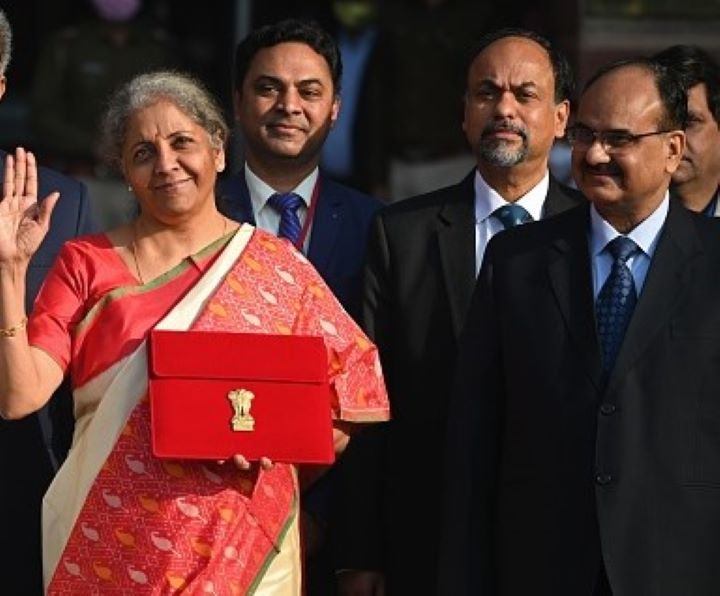
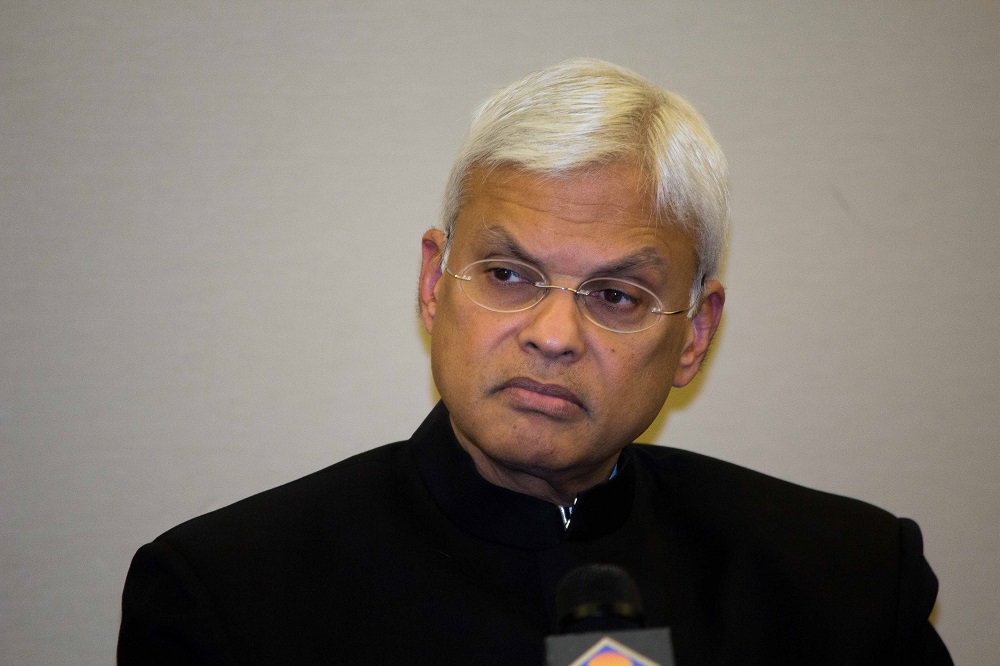

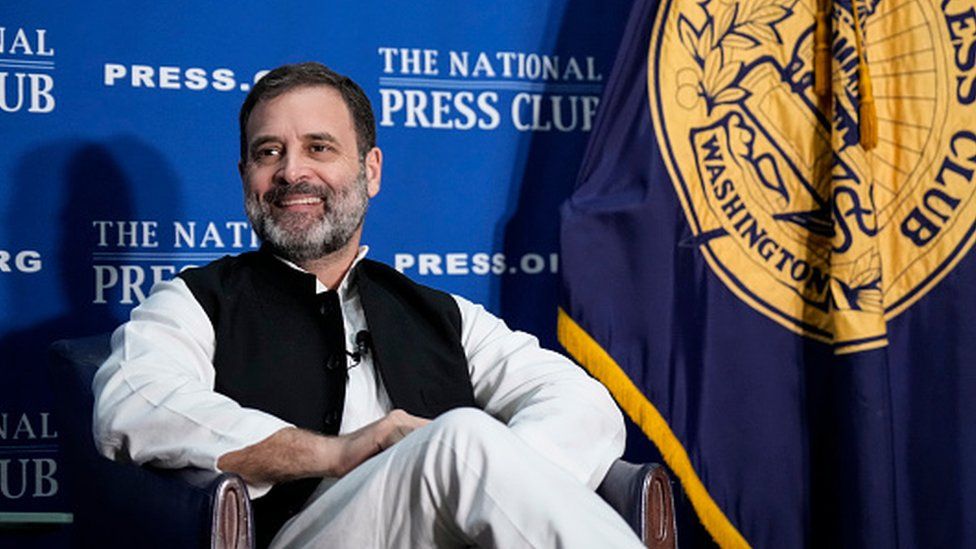


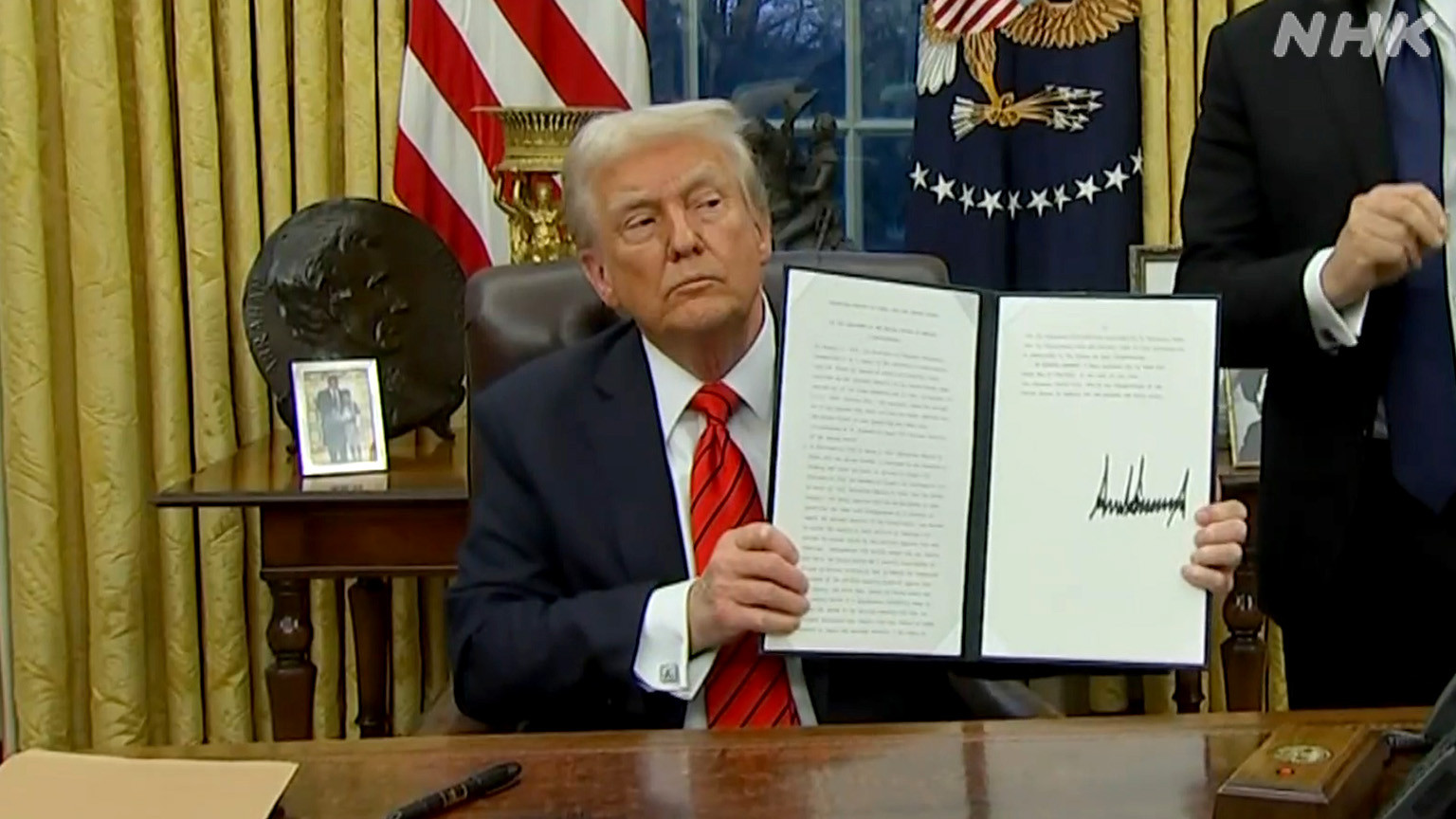

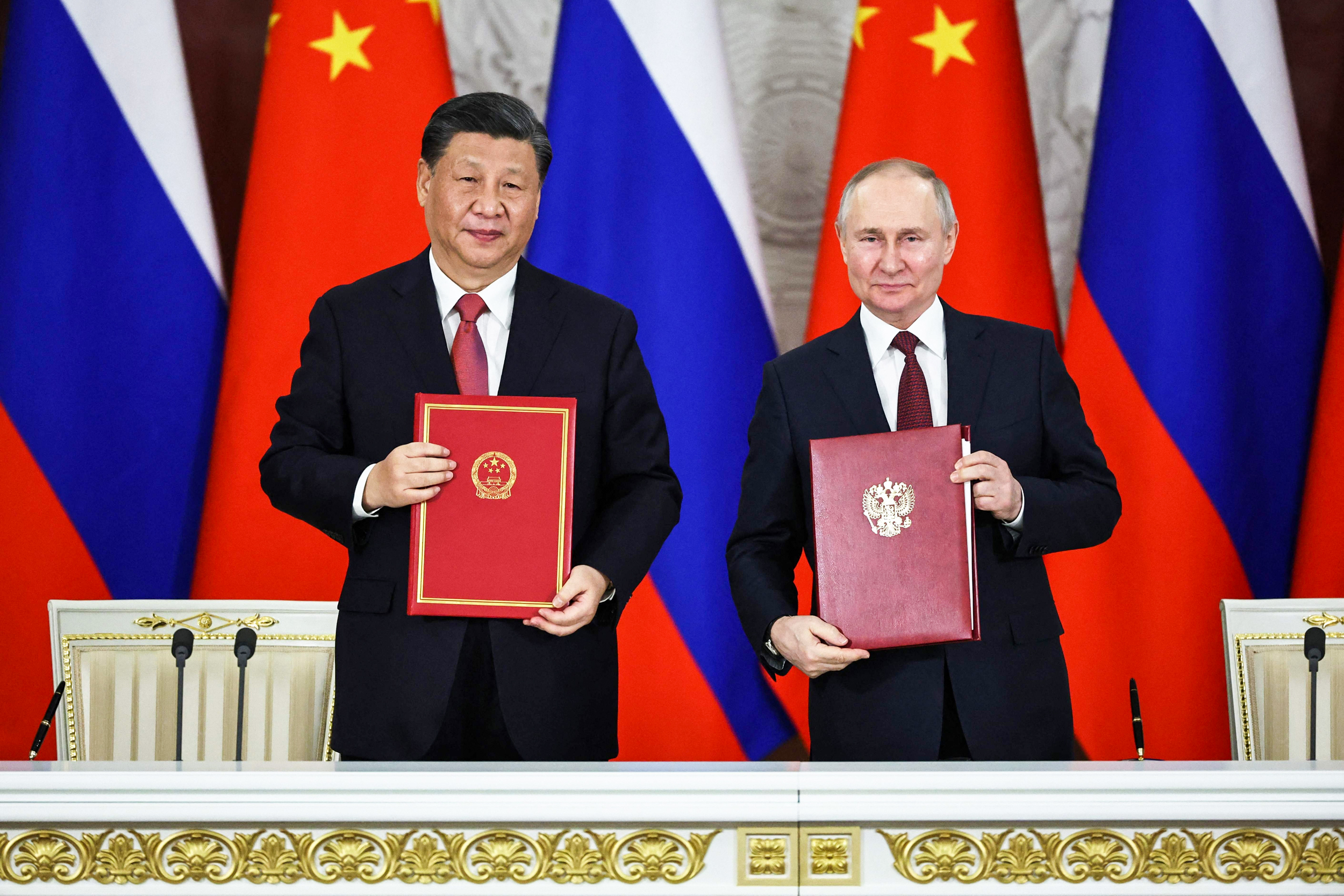
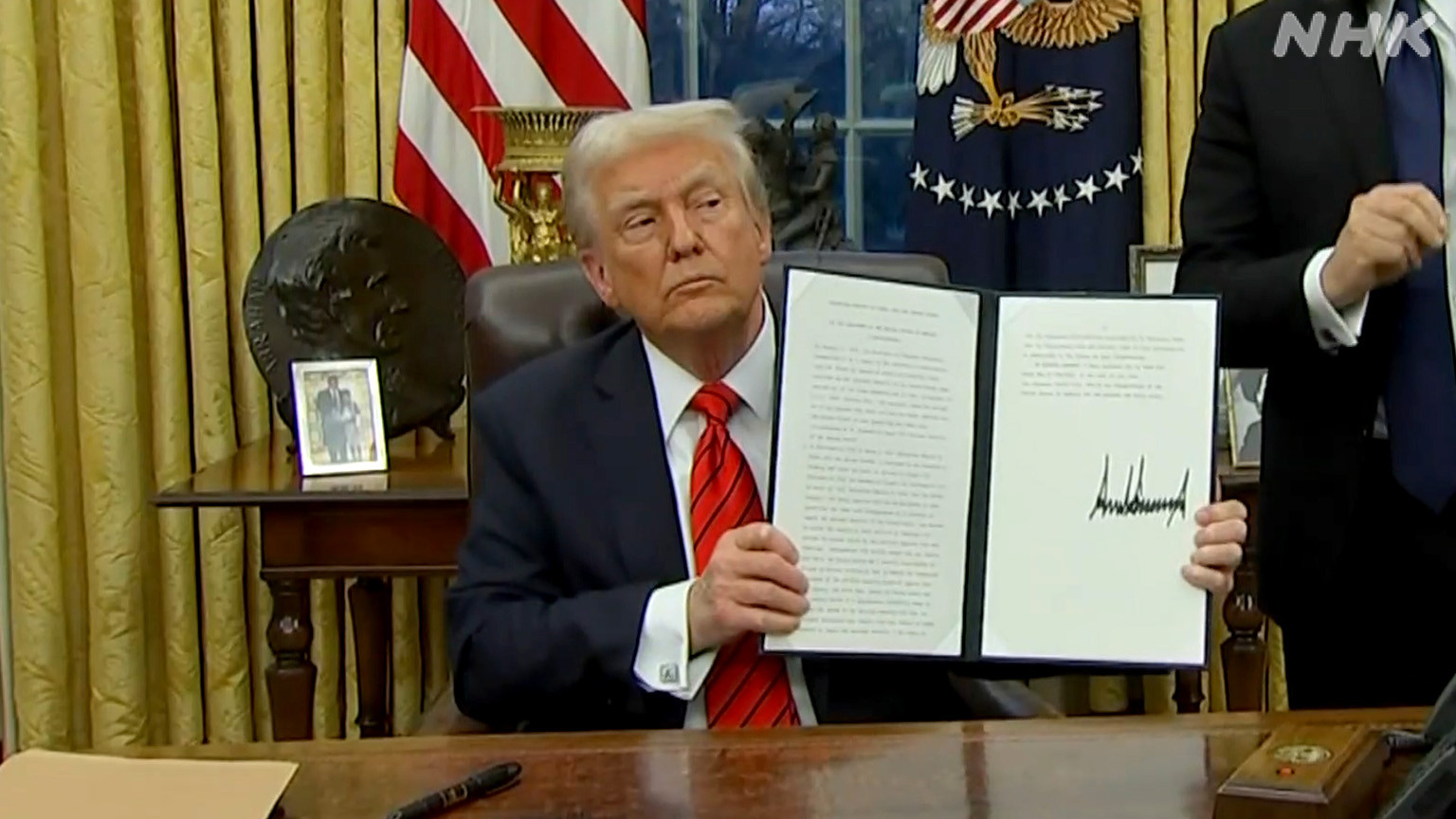






Comments (0)